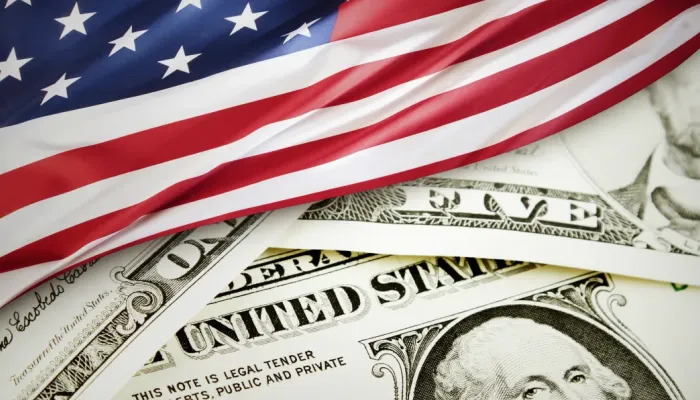MarketWatch July 5-9
Markets are justifiably confused about the strength of the economy: is growth slowing? Is it slowing a lot or just a little? Will it keep chugging along and sustain forward momentum as fiscal stimulus lessens? A reasonable case can be made for any of these views based on a reading of key indicators in the U.S., Europe and China.
With this uncertainty, how can fiscal policymakers respond? While at times of great uncertainty like the present it may be more useful to think about the outlook in terms of risk rather than point to estimate paths, the answer here is also not very clear at this time of transition from recession to recovery.
With high uncertainty about the U.S. and global outlook continuing, demand for U.S. government debt remained strong in this short post 4th of July trading week, as investors still sought a safe haven. However, as the week progressed, trader interest in U.S. stocks increased in response to good news on the U.S. economy from the corporate sector.
The shift from Treasuries to U.S. stocks reflected the repositioning of investors for the coming second quarter earnings reports. The repositioning was based on unexpected strong profit guidance from a major U.S. financial firm and solid reports that U.S. companies are sitting on a lot of cash. (The company cash balances could also be a seen as a source of weakness, however, as firms remain reluctant to hire and invest because of uncertainties over the outlook.)
Market anxiety about the Eurozone’s fiscal problems and financial sector health was also at a lower pitch. Safe haven effects for the U.S. markets were slightly reduced as interest in euro-denominated instruments was slightly higher as a result.


